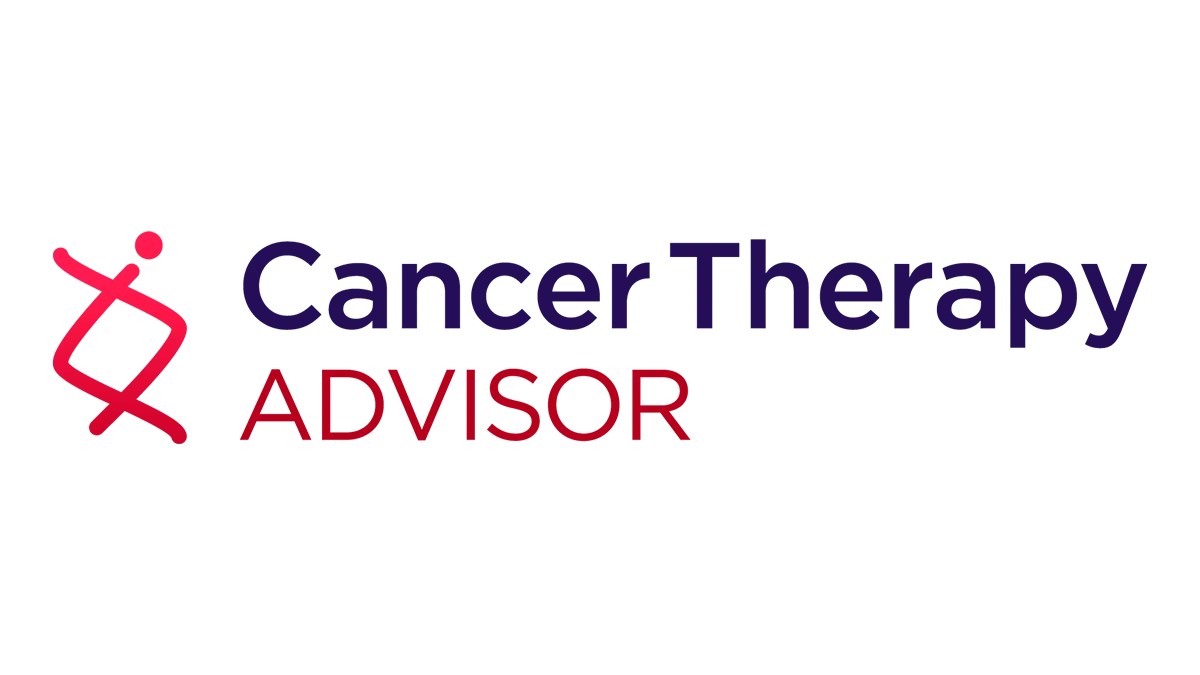Chemotherapy Regimens as First-Line Treatment for CLL

Chemotherapy Regimens as First-Line Treatment for CLL
Chemotherapy regimens play a critical role in the treatment of Chronic Lymphocytic Leukemia (CLL). Despite the introduction of targeted treatments, which have seen a significant rise in second-line applications, chemotherapy regimens maintain their position as the most common approach for first-line treatment. This article will delve into the efficacy of these regimens and how they compare to newer alternatives.
The Importance of Chemotherapy Regimens
For many patients diagnosed with CLL, chemotherapy still represents an essential treatment strategy. The combinations and dosages of chemotherapy medications like fludarabine, cyclophosphamide, and rituximab have proven effective in managing the disease.
- Effective management strategies
- Potential side effects
- Long-term outcomes
Targeted Treatments in Second-Line Use
The landscape of CLL treatment is changing with the advent of targeted therapeutic options. While these options are expanding, physicians often reserve them for patients who have experienced treatment failure with chemotherapy regimens.
Final Thoughts on Treatment Strategies
While the effectiveness of targeted treatments continues to gain recognition, the reliance on chemotherapy regimens as the most common first-line approach highlights their ongoing relevance in CLL care.
This article was prepared using information from open sources in accordance with the principles of Ethical Policy. The editorial team is not responsible for absolute accuracy, as it relies on data from the sources referenced.